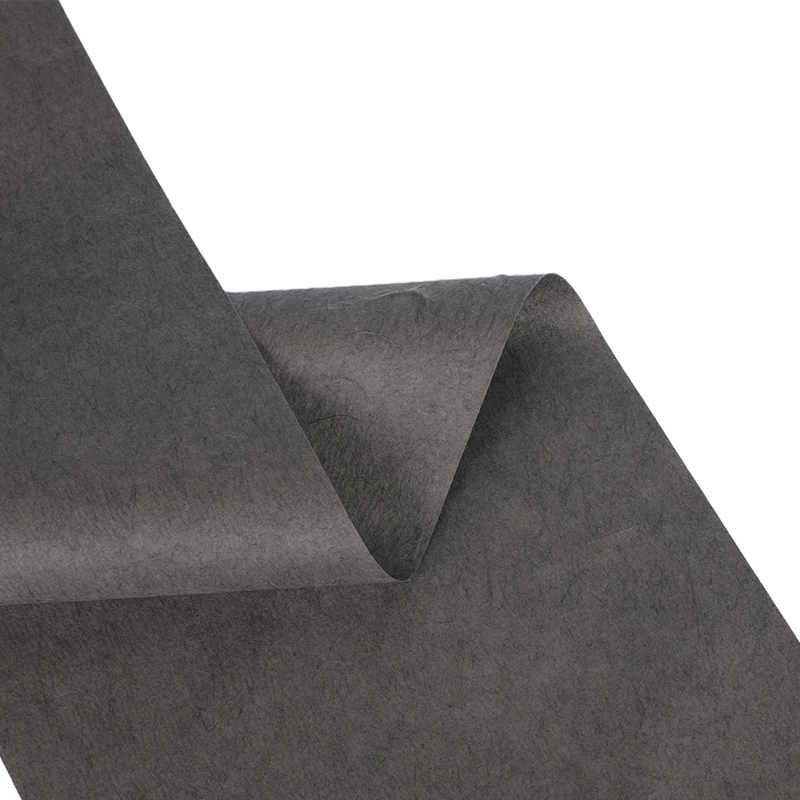Meltblown Non-Woven Fabrics
The production process of Meltblown Non-Woven Fabric is based on the manipulation of several material and operational variables. These variables are important in process economics and can be manipulated to produce a wide range of different fabrics. Five basic on-line operational variables are described below. In addition, meltblown fabrics can be produced using different fiber weights, thicknesses, and drafting effects. To learn more about Meltblown Non-Woven Fabrics, please refer to the following article.
The main function of Meltblown Non-Woven Fabric is to filter materials. Its high-quality and superior filtration capabilities are made possible by its small-holed structure and good electrostatic and filtration properties. Meltblown Non-Woven Fabric is also used in medical masks, indoor air conditioning filter materials, and wipe products. These materials are eco-friendly and have environmental health properties, which make them a preferred choice for these applications.
The production process for Meltblown Non-Woven Fabric is complex and requires high-quality equipment. It is used in surgical masks and medical masks. As a result, demand for non-woven fabric was so great that supplies were limited. As a result, a meltblown non-woven fabric industry developed rapidly after the covid-19 outbreak. It is still one of the most expensive and in-demand materials, but the covid-19 epidemic has helped it grow exponentially.
A new machine known as SCP-MB1600 produces a 25gsm Meltblown Non-Woven Fabric, with fiber filaments that are between two and five microns. The fibers are electrostatically charged, making them excellent for absorbing and storing electrostatic particles. The meltblown cloth is made by a manufacturer in Japan and designed to meet the urgent needs of customers in the U.S.A.
Other applications for Meltblown Non-Woven Fabric include disposable medical gloves, masks, and protective clothing. Non-woven fabrics are a durable and cost-effective option for many applications. They are especially useful in hospitals, physical examination centers, and other medical facilities. Its advantages make it a popular material for clothing, packaging, and industrial filters. They have numerous applications and are a valuable addition to the textile industry.
After being melted, the meltblown Non-Woven Fabrics undergo further processing steps. Additional bonding between the fibers is used to modify the characteristics of the material. Thermal bonding is a common technique for additional bonding. It can increase strength and stiffness of the material, while reducing the fabric feel. But these are only some of the finishing steps in Meltblown Non-Woven Fabrics.
Another application of Meltblown Non-Woven Fabric is in face masks. It also serves as a thermal insulator. It has excellent oil absorbing and filtering properties. This material is also lightweight, breathable, and is ideal for filtration. It is also highly resistant to heat. And if you're looking for a high-tech way to reduce your energy costs, this material is an ideal solution for your needs.
The process for producing Meltblown Non-Woven Fabric involves converting a polymer resin into continuous filaments and random-laid non-woven fabric. The polymer chips are heated by heating elements. The polymer solution is then blown by hot air onto a rotating drum. The result is an entangled fibrous web on the drum's surface. It is the most common type of non-woven fabric.
